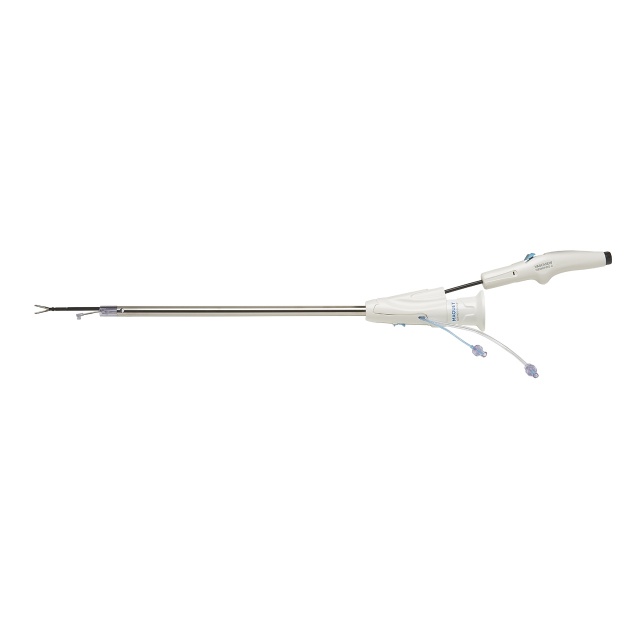The Gold Standard in Endoscopic Vessel Harvesting (EVH)
Following our unwavering commitment to providing highly refined technology and robust design, Vasoview Hemopro 2 has lived up to the Getinge exceptional standard of care. Virtually eliminating thermal spread, this system helps harvesters safely acquire high-quality conduits for coronary artery bypass graft (CABG) surgery.[1]
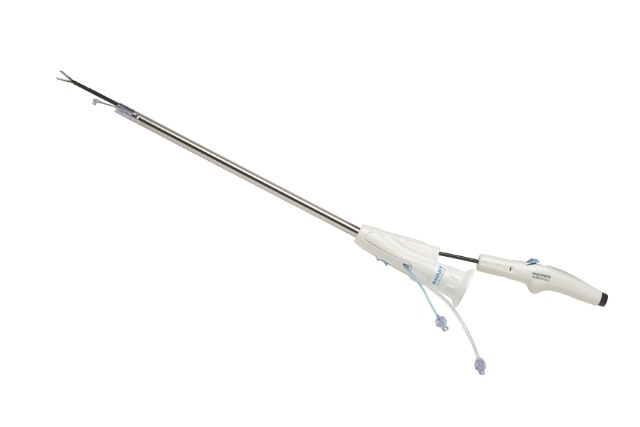
Refined design innovation and ergonomic sophistication
Providing vessel harvesting for both the saphenous vein and radial artery, the Vasoview Hemopro 2 delivers superb visualization and maneuverability. This enables harvesters to work more efficiently and effectively.
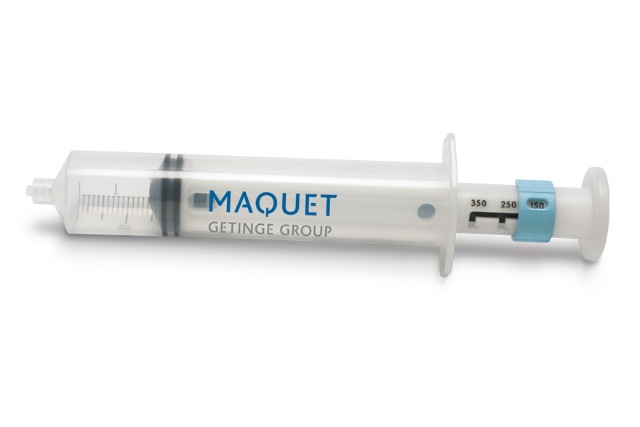
Protect vessels when flushing
You may also take advantage of the Vasoshield Pressure Controlling Syringe designed protect vessels from overdistension and potential endothelial injury when flushing.
Related products
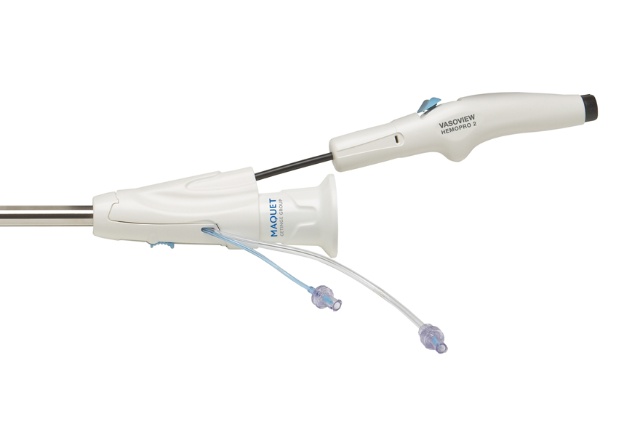
- The insulated jaws are a key feature of the Vasoview Hemopro 2 System, providing thermal protection for the saphenous vein or radial artery.
- A new spot cautery feature allows harvesters to respond quickly and easily to maintain clear working tunnels and to ensure hemostasis.
- Easy to learn techniques enable harvesters to position the Jaws while protecting the main conduit.[2]
- Enhanced cutting capability for easier fasciotomy
- The "natural grip" handle is comfortable to hold and features an easy activation toggle. Harvesters have a simple, smooth, and highly responsive one-fingertip control.
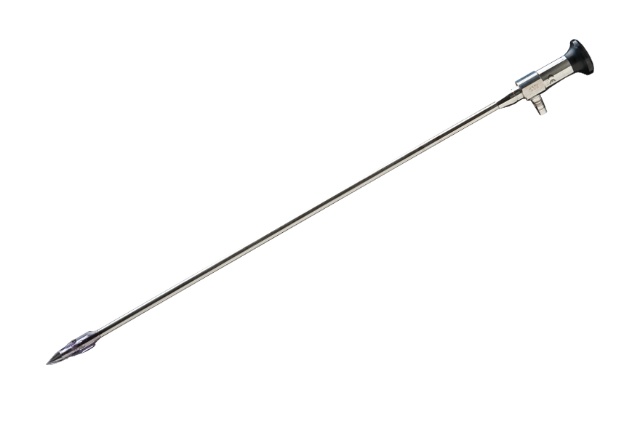
Extending efficacy
The Vasoview Hemopro 2 is primarily indicated for patients undergoing endoscopic vessel harvesting (EVH) for arterial bypass. Its 7 mm Extended Length Endoscope and Dissection Tip allows for:
- Visualization of a surgical cavity
- Dissection in endoscopic - and other minimally invasive surgical procedures
- Access for vessel harvesting
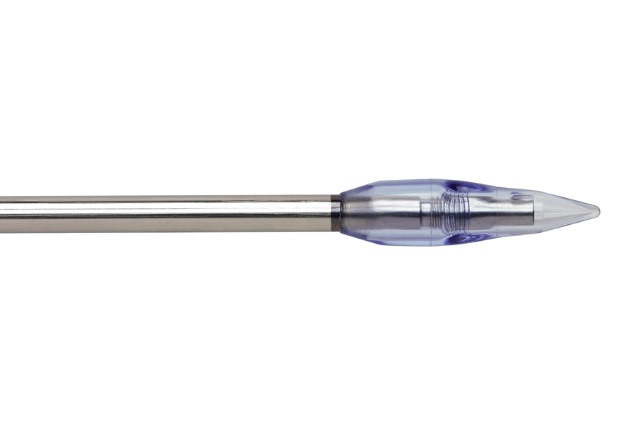
Depend on effortless dissection
Our conical dissection tip allows you to create a working tunnel quickly, easily and smoothly.
Extremity procedures include tissue dissection/vessel harvesting along the saphenous vein for use in coronary artery bypass grafting and peripheral artery bypass or radial artery for use in coronary artery bypass graft surgery.
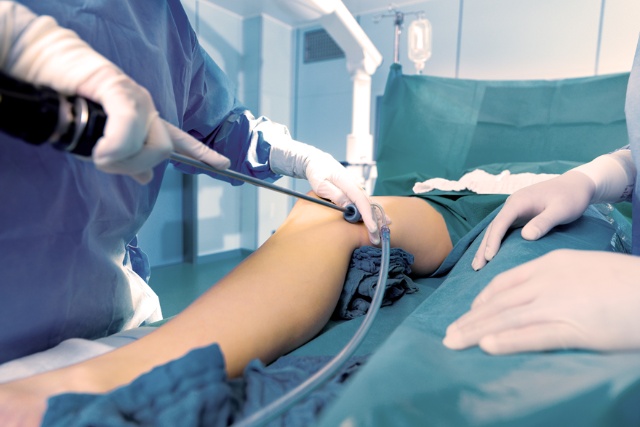
Instrumental benefits
There are three techniques for harvesting a vessel from the arm or leg for a coronary artery bypass graft (CABG) procedure: open, bridging, and endoscopic vessel harvesting (EVH).* However, EVH positions patients for minimal discomfort and more benefits.
EVH is used during CABG surgery to obtain these vessels, with the purpose of using them as “new” vessels — bypassing a blockage in the heart. Minimally invasive, this procedure requires only a small incision (approximately 2 cm long).
*The open procedure is highly invasive. By making one long incision from the ankle to the groin, this method often caused patients more pain than the actual chest incision and resulted in a long scar. An alternative, less invasive technique to the open procedure is the bridging technique, which enables harvesters to gain access to the saphenous vein through three or four smaller incisions (approximately three inches each).
How does EVH work?
The EVH procedure uses special instruments to view and remove the blood vessel. Performed at the beginning of heart surgery, EVH can be used for the following vessels:
- The greater saphenous vein (running the length of the leg)
- The radial artery (running from the wrist to the elbow in the arm)
